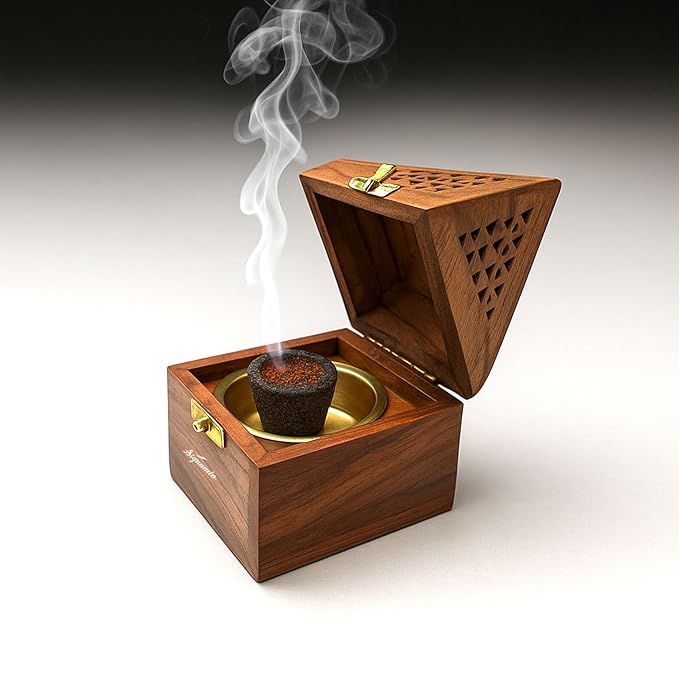આકાશમાંથી ઊતર્યા રે, ભોળી ભવાની મા.
ઊતર્યા એવા નોતર્યા રે, ભોળી ભવાની મા.
ઊતર્યા ભાઈને ઓરડે રે, ભોળી ભવાની મા.
બેઠાં ઊંચા બારણે રે, ભોળી ભવાની મા.
ખીર ખાંડ ને રોટલી રે, ભોળી ભવાની મા.
મીઠી મજાની પુરણ પોળી રે, ભોળી ભવાની મા.
ઉપર પાપડનો કટકો રે, ભોળી ભવાની મા.
એવો વહુનો લટકો રે, ભોળી ભવાની મા.
ચોખલિયા ખાંડીને થાકી રે, ભોળી ભવાની મા.
કેડ વળીને થઈ ગઈ વાંકી રે, ભોળી ભવાની મા.
જેવા મેંણા ભાઈ ઘેર ભાંગ્યા રે, ભોળી ભવાની મા.
તેવા મેણાં સહુના ભાંગજો રે, ભોળી ભવાની મા.
જેવો પુત્તર ભાઈ ઘેર દીધો રે, ભોળી ભવાની મા.
તેવો પુત્તર સહુને દેજો રે, ભોળી ભવાની મા.
Overview of “Aakash Mathi Utarya Re Bholi Bhavani”
Title & Translation
“Aakash Mathi Utarya Re Bholi Bhavani” means “From the sky descended, O innocent (pure) Bhavani.” It evokes the divine descent of Mother Goddess Bhavani to bless her devotees.
Origin & Traditional Use
This Garba is traditionally sung during Navratri in Gujarati culture. It highlights folk storytelling, religious devotion, and is used in evening Garba gatherings when communities celebrate Ma Bhavani. :contentReference[oaicite:0]{index=0}
Who is Bhavani Maa
Bhavani is a form of the Divine Mother (Devi), associated with protection, purity and strength. Devotees call her “Bhavani Maa” seeking her grace and blessings during rituals. :contentReference[oaicite:1]{index=1}
Emotional Tone & Mood
The song’s mood is devotional and celebratory, with imagery of descent from sky, sweetness (food offerings), home gatherings, and joyful anticipation. The lyrics evoke warmth, purity, innocence (‘Bholi’) and community togetherness. :contentReference[oaicite:2]{index=2}
Cultural & Spiritual Significance
Sung in Navratri, this Garba not only entertains but serves spiritual purpose — invoking the Mother’s presence, reinforcing faith, passing tradition from older to younger generations. :contentReference[oaicite:3]{index=3}
Lyrics & Meaning
Literal Lyrics (Key Verses)
Some key verses include: “Aakashmathi utarya re, Bholi Bhavani ma,” “Khir khand ne rotli re, Bholi Bhavani ma,” “Mithi majani puran poli re…” etc. These lines depict offerings, family, home-life tender moments in context of Ma’s descent. :contentReference[oaicite:4]{index=4}
Symbolism & Imagery
The sky (Aakash) represents divinity and distance, descent symbolizes grace entering human realm; offerings like khir, rotli (sweet rice, bread) symbolize devotion; home, family, sweetness symbolize purity and love. :contentReference[oaicite:5]{index=5}
Use of Repetition & Rhythm
Repetition of the refrain “Bholi Bhavani ma” gives lyrical rhythm suited for Garba dance. It’s easy for chorus-singing, group call & response. It encourages participation. :contentReference[oaicite:6]{index=6}
Home and Family Imagery
Verses referencing food (sweet dishes), siblings, children, homes, gatherings (e.g. “Utarya bhaine orade re”) evoke warmth and nostalgic feeling, emphasizing domestic devotion. :contentReference[oaicite:7]{index=7}
Language
Dialect & Local Flavor
Musical & Performance Elements
Instruments Typically Used
Traditional Garba instruments accompany this song — dhol, manjira, possibly harmonium or local folk percussion. These provide the beat that dancers follow. (“Aakash Mathi Utarya Re” as Garba)
“Aakash Mathi Utarya Re Bholi Bhavani” means “From the sky descended, O innocent (pure) Bhavani.” It evokes the divine descent of Mother Goddess Bhavani to bless her devotees.
This Garba is traditionally sung during Navratri in Gujarati culture. It highlights folk storytelling, religious devotion, and is used in evening Garba gatherings when communities celebrate Ma Bhavani. :contentReference[oaicite:0]{index=0}
Bhavani is a form of the Divine Mother (Devi), associated with protection, purity and strength. Devotees call her “Bhavani Maa” seeking her grace and blessings during rituals. :contentReference[oaicite:1]{index=1}
The song’s mood is devotional and celebratory, with imagery of descent from sky, sweetness (food offerings), home gatherings, and joyful anticipation. The lyrics evoke warmth, purity, innocence (‘Bholi’) and community togetherness. :contentReference[oaicite:2]{index=2}
Sung in Navratri, this Garba not only entertains but serves spiritual purpose — invoking the Mother’s presence, reinforcing faith, passing tradition from older to younger generations. :contentReference[oaicite:3]{index=3}
Some key verses include: “Aakashmathi utarya re, Bholi Bhavani ma,” “Khir khand ne rotli re, Bholi Bhavani ma,” “Mithi majani puran poli re…” etc. These lines depict offerings, family, home-life tender moments in context of Ma’s descent. :contentReference[oaicite:4]{index=4}
The sky (Aakash) represents divinity and distance, descent symbolizes grace entering human realm; offerings like khir, rotli (sweet rice, bread) symbolize devotion; home, family, sweetness symbolize purity and love. :contentReference[oaicite:5]{index=5}
Repetition of the refrain “Bholi Bhavani ma” gives lyrical rhythm suited for Garba dance. It’s easy for chorus-singing, group call & response. It encourages participation. :contentReference[oaicite:6]{index=6}
Verses referencing food (sweet dishes), siblings, children, homes, gatherings (e.g. “Utarya bhaine orade re”) evoke warmth and nostalgic feeling, emphasizing domestic devotion. :contentReference[oaicite:7]{index=7}
Dialect & Local Flavor
Traditional Garba instruments accompany this song — dhol, manjira, possibly harmonium or local folk percussion. These provide the beat that dancers follow. (“Aakash Mathi Utarya Re” as Garba)


